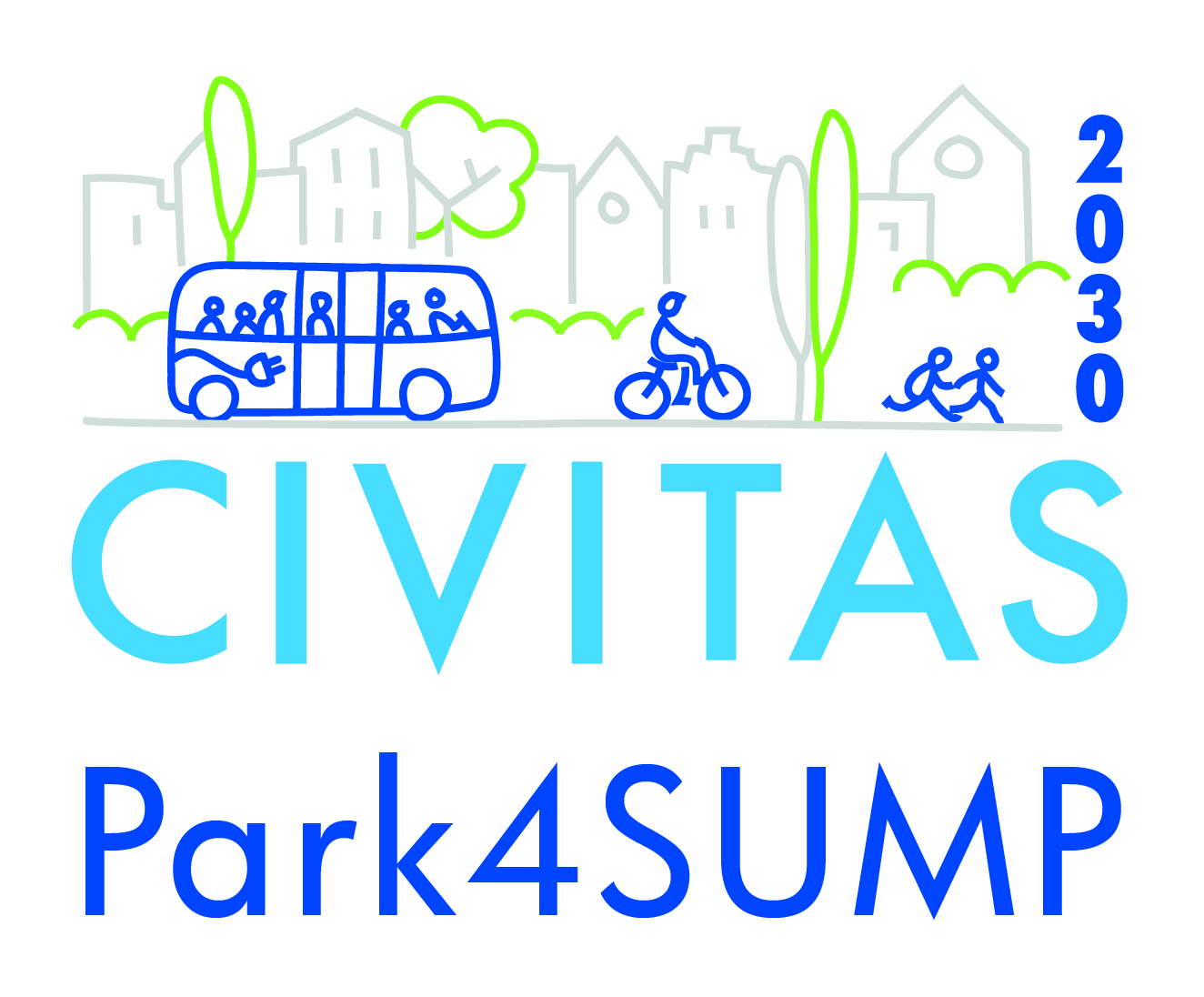Lisboa
Lisbon is the capital of Portugal. It covers an area of 8.462 ha, with 550.000 inhabitants (2011). Lisbon attracts daily an extra 360,000 persons that come to work or study in the city. The City is part of the Lisbon Metropolitan Area that accounts for 2.8 million people, 330,000 companies (100,000 in Lisbon City), 140,000 students and EUR 61.2 mio GP.
The scenario was grim. The Public Transport use decreased for decades in all metropolitan area, to 18 percent of modal share. The traffic figures increased 11 percent (modal split: 54 percent for cars) and tourism increased 53 percent, between 2013 and 2017, aggravated by the high and growing complexity of urban logistics and insufficient enforcement and by a low integration in management and planning of metropolitan mobility. On top of this, due to its topography, Lisbon had been wrongly assumed, for years, as not adequate to active modes.
But sustainable mobility generates economic opportunities, energy efficiency, creates jobs, and minimizes external effects on the transport system while increasing the available income of the families.
So Lisbon took the challenge, and assumed it was time to revert these numbers.
The fundamental change is in the mind-set – Lisbon’s focal point moved from the roads to the people, and the time is now.
The city has already surpassed the goals set at the Covenant of Mayors for 2020 and is aiming for zero emissions in 2050 (Paris, Climate Change Conference 2015).
Places for people
In recognition of the work developed over the past decade towards a greener and more people-friendly city, Lisbon is the first Southern Europe capital awarded with the European Green Capital 2020.
The public space was rehabilitated and refurbished, defining a plaza for each neighbourhood where walking, cycling, was enhanced. Pedestrian crossings, accessible bus stops and vertical mobility (elevators, escalators) were implemented to increase universal accessibility in the city.
The shared modes, like scooters, kick scooters, e-car and bicycle sharing have had a general recognition and are now part of the daily life. The bike sharing system that started in 2017 has now 700 bikes, over 19 000 active subscriptions and over 1,000,000 trips taken.
The cycle lanes, nowadays 90 km long, will be increased to an estimated 200 km until 2021.
The public bus company has been transferred to the city management in 2017 and investment strategy is on liability (92 percent -> 97 percent increase), supply (4 percent more travelled km, 250 new buses with cleaner energy and 30 new trams, new neighbourhood lines and 150 new drivers), technology (free app and Wi-Fi).
At the Lisbon Metropolitan Area there are over 2,000 different tickets and the prices could go up to EUR 120,00/person for a monthly pass. By April 2019, all these tickets will be substituted for a contactless single ticket and the highest fee will be EUR 40,00 (and free for children under 13 years of age).
All of this is happening now in the city. But the need to measure and evaluate impacts, predict the effects that any particular action might have on each of these goals, to meet the balance that is desired, requires a plan.
That plan, the SUMP that Lisbon is now preparing with the help and knowledge of the CIVITAS PROSPERITY project, will link all these pieces together in a structured system and build consensus with stakeholders, politicians, academy and the population in general.

